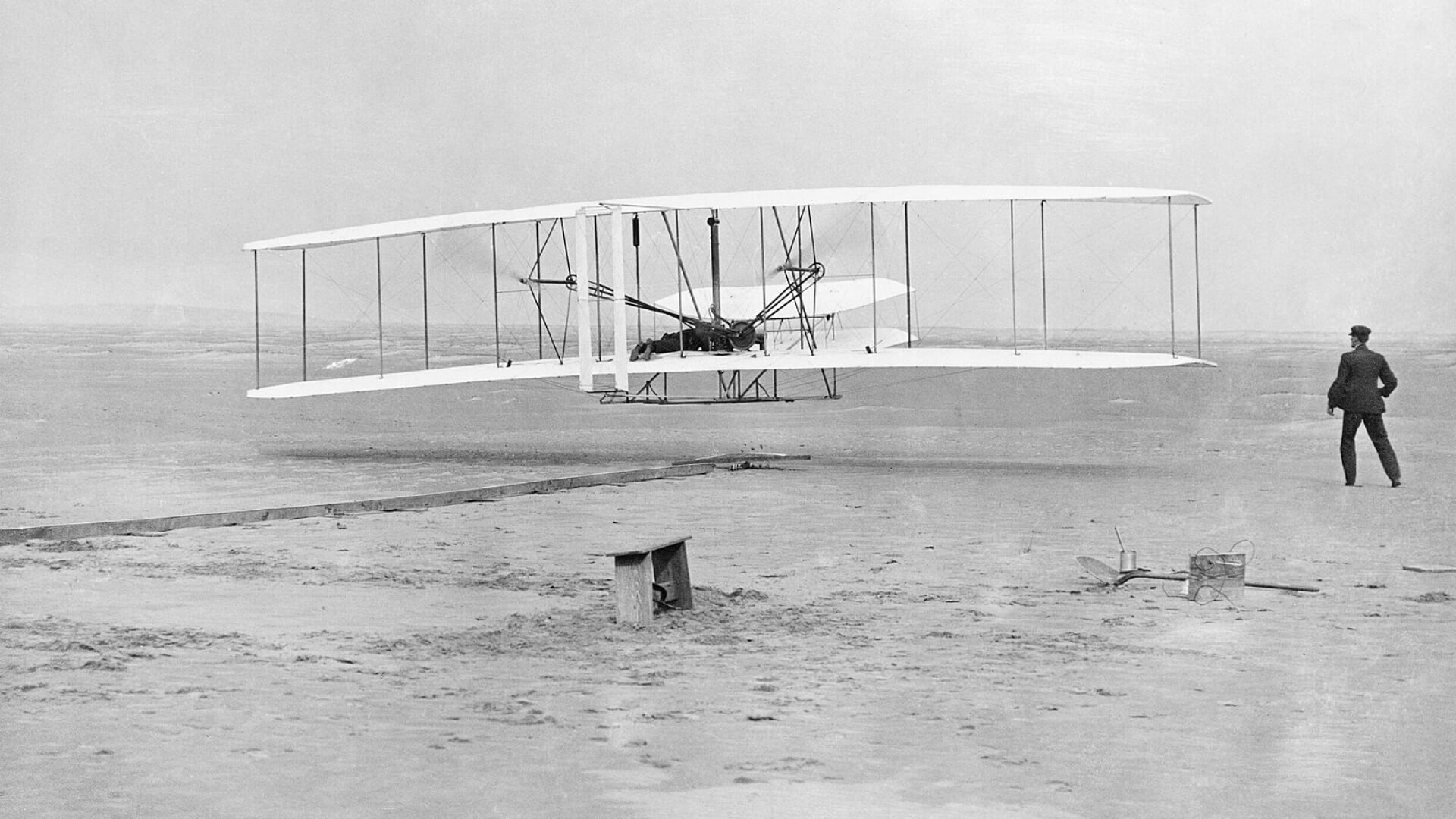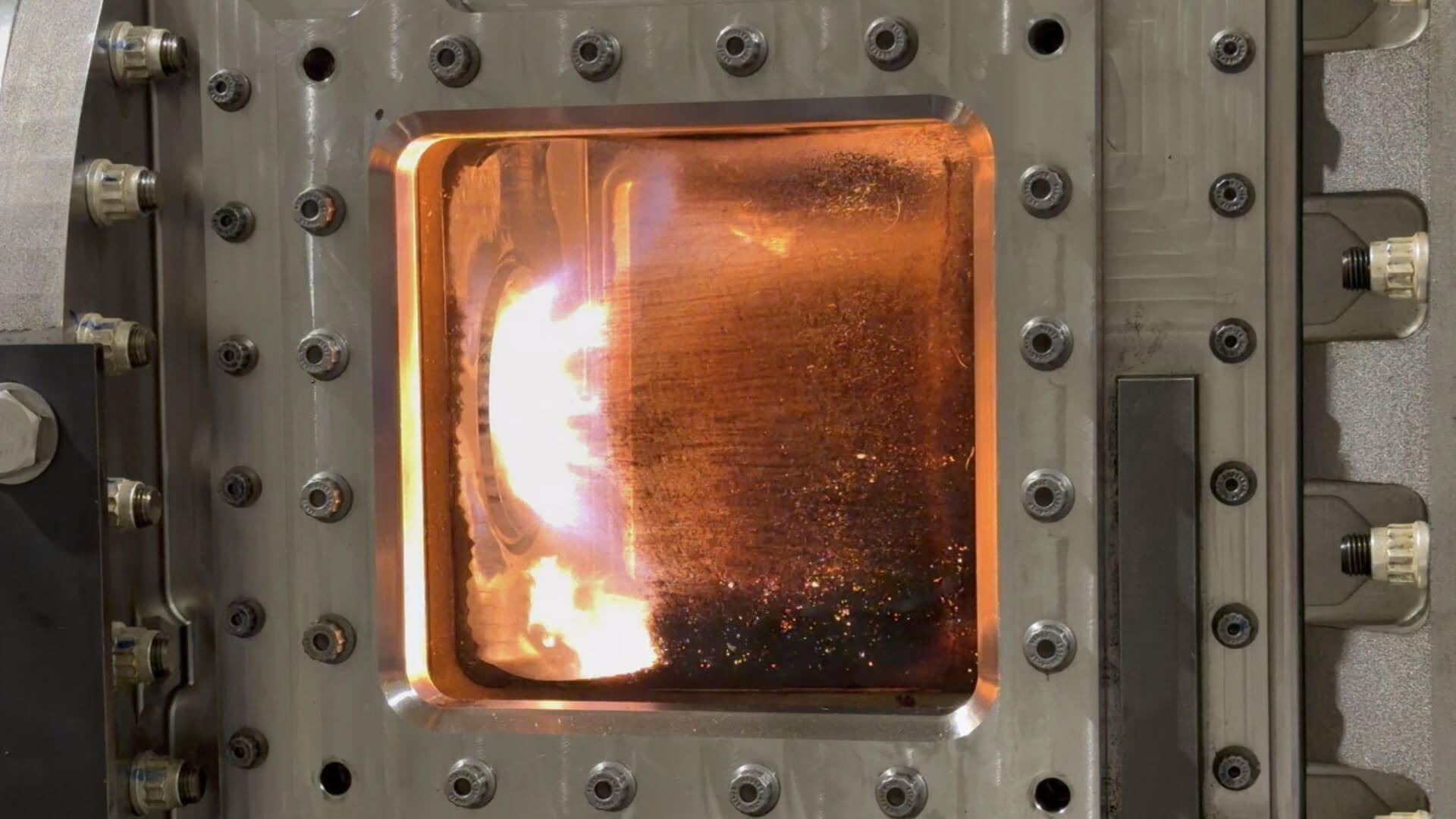In the early days of aviation, women faced significant obstacles in pursuing their dreams of flying. Historically, some people believed that flying was a dangerous and unfeminine pursuit, and societal norms often discouraged women from taking to the skies. Despite these challenges, pioneering women defied conventions and forged their paths in the world of aviation.
Boom Supersonic aims to make the world dramatically more accessible by bringing sustainable supersonic flight to passengers around the world. We recognize the invaluable contributions of women throughout the history of aviation and salute their achievements. As we celebrate Women’s History Month, we honor these women and continue to support and empower women in aviation. Their legacy lives on in the women who continue to pursue their dreams of flight, inspiring future generations.
From Amelia Earhart’s solo flight across the Atlantic to the first woman to break the sound barrier, we are spotlighting a few of the female pilots who changed aviation history.
Amelia Earhart

Amelia Earhart, born in 1897, captured the world’s imagination with her daring feats in aviation. In 1932, she became the first woman to fly solo across the Atlantic Ocean, a remarkable achievement that solidified her place in history.
Throughout her career, Earhart set multiple records and championed women’s involvement in aviation. She was known as a pilot, best-selling author, and lecturer. Unfortunately, she disappeared during an attempted flight around the world in 1937 – but her accomplishments live on.
Bessie Coleman

Known as “Queen Bess,” Bessie Coleman was the first woman of African American and Native American descent to earn her pilot’s license. Denied entry to aviation schools in the United States due to her race and gender, she traveled outside of the United States to get her training. She took French lessons and earned her pilot’s license in France in 1921.
In France, Coleman learned how to perform aerial maneuvers in a Nieuport Type 82 biplane. When she returned to the U.S., she flew in air shows, performing daring stunts such as walking on the wings or parachuting. She advocated for change to segregation laws by refusing to perform at air shows that had segregated entry gates.
Coleman planned to open a flight school so that other Black women could follow in her footsteps and learn to fly. Tragically, she was killed in an accident in 1926 at the age of 34 when her aircraft went into a nose-dive and tailspin during a practice flight.
Jackie Cochran

Jackie Cochran, born in 1906, was an aviation pioneer who set numerous speed and altitude records. She was the first woman to break the sound barrier and played a crucial role in the formation of the Women Airforce Service Pilots (WASP), advocating for women to serve as pilots in the military during World War II.
At the time of her death, Cochran held more speed, altitude, and distance records than anyone in the world, male or female. Her achievements and advocacy continue to inspire today.
Eileen Collins

Eileen Collins, born in 1956, made history as the first female pilot and commander of a Space Shuttle mission. A former military pilot, Collins joined NASA in 1990 and quickly rose through the ranks to become one of the agency’s most accomplished astronauts.
In 1995, she became the first woman to pilot a Space Shuttle mission, and in 1999, she made history again as the first female commander of a Space Shuttle mission. Collins’ achievements have paved the way for future generations of female astronauts.
Helen Richey

Helen Richey was born in 1909 and made history in 1934 when she became the first woman to be hired as a pilot by a commercial airline in the United States. Despite facing discrimination and harassment in her career, Richey persevered and became a respected aviator. She demonstrated that women could excel in the field of commercial aviation, ushering in a new era for future female pilots.
She later joined the Women’s Auxiliary Ferrying Squadron (WAFS) during World War II, ferrying military aircraft and supporting the war effort.
Continuing to Break Barriers
The aviation industry continues to advance because of innovators, dreamers, and visionaries who pushed past the limits of their day. As we work to build a more accessible and connected world through sustainable supersonic flight, we are inspired by the pioneering spirit of the women who first broke barriers on the ground, in the sky and into space. This Women’s History Month, we reflect on the heroes of the past and continue to support breaking barriers along the path to a supersonic future.






